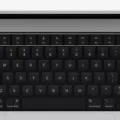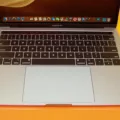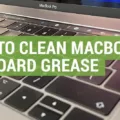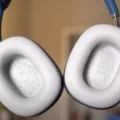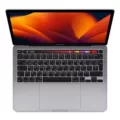Cleaning your Macbook Keyboard is an essential part of maintaining the life of your device. A clean and dust free keyboard will ensure that you have a comfortable typing experience and that your keys are working properly.
For starters, it is important to turn off your Macbook and unplug it from any power source before cleaning. This will help to prevent any accidental damage to the device.
The first step in cleaning a Macbook Keyboard is to remove any dirt or debris that has accumulated beneah the keys. To do this, you can use a thin, flat tool such as a pair of tweezers or a small screwdriver to get under the key at the bottom-left corner and push the prong out of its hole. Once it’s out, pull the key down from the top-right corner and wiggle until the left hand side of the key is detached. You may need more than one tool depending on how much debris has accumulated beneath your keys.
After all of the keys have been removed, you can use compressed air to blow away any dust or dirt particles that may be stuck beneath them. Be sure not to use too much pressure when doing this so as not to cause any damage to your device. Once all the dust has been blown away, use a soft cloth dampened with rubbing alcohol or water to gently wipe down each key surface individually.
If desired, you can also use a 70 percent isopropyl alcohol wipe, 75 percent ethyl alcohol wipe, or Clorox Disinfecting Wipes for added protection aginst germs and bacteria on hard nonporous surfaces like keyboards. Make sure not to spray any cleaner directly onto your keyboard as this could cause damage!
Once you’ve finished wiping down each key with either water or disinfectant wipes, allow them to dry completely before replacing them back onto teir respective spaces on your Macbook Keyboard. And remember: don’t forget to turn off and unplug your device again before putting it back together!
Cleaning your Macbook Keyboard doesn’t have to be complicated! With these simple steps, you can keep your device lookng its best while ensuring it works properly for years to come.
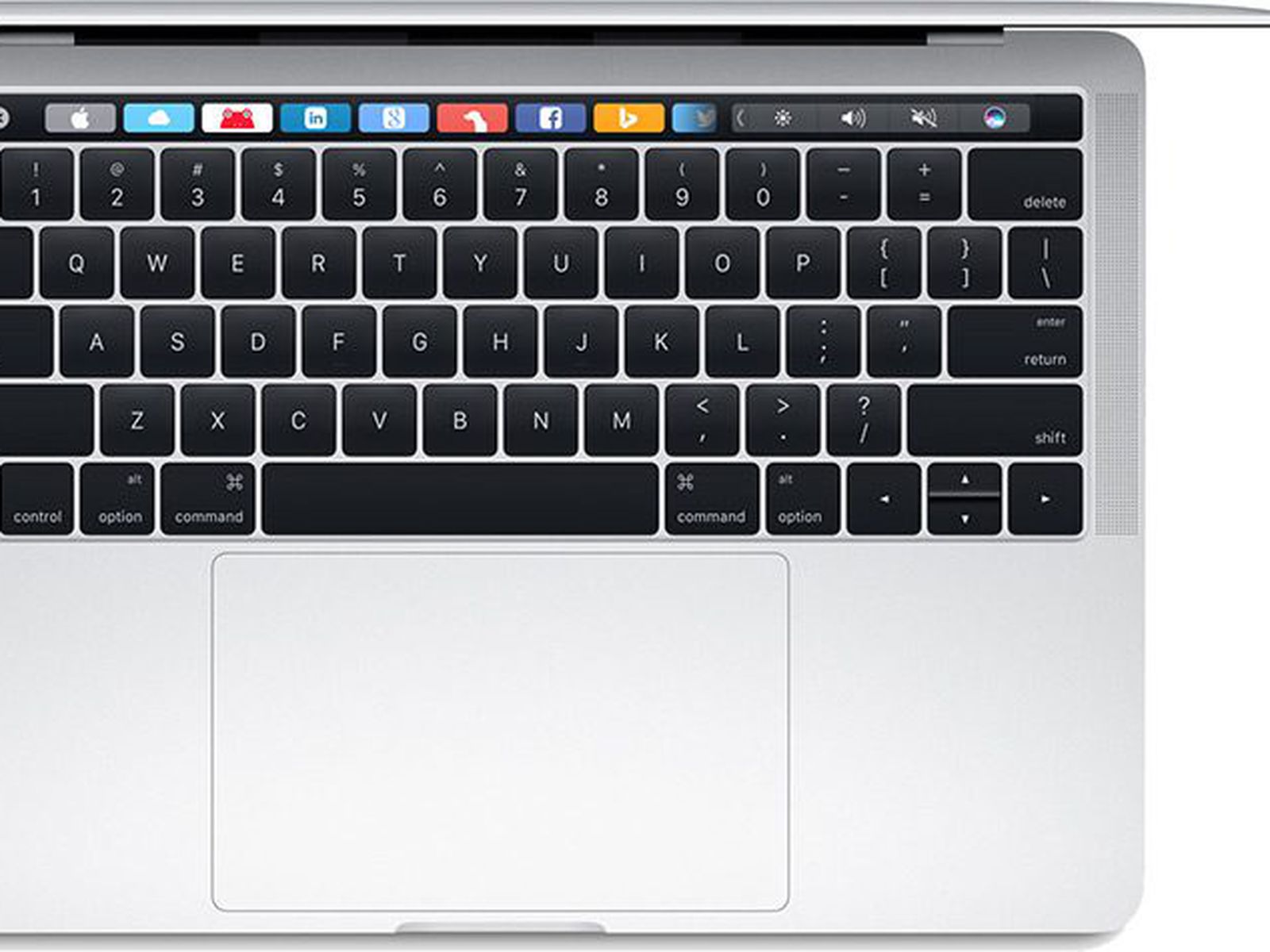
Cleaning a MacBook Keyboard: The Best Way
The best way to clean a MacBook keyboard is to turn off the computer and unplug it from any power source. Gently brush away any debris or dust with a soft, lint-free cloth. Next, dampen a 70 percent isopropyl alcohol wipe, 75 percent ethyl alcohol wipe, or Clorox Disinfecting Wipe with water. Do not use aerosol sprays, bleaches, or abrasives. Gently wipe the keyboard surface using the dampened cloth and then let it air dry for aout five minutes before turning on the computer again.
Cleaning Under Mac Keyboard Keys
To clean under your Mac keyboard keys, you should first power off the laptop and unplug any external devices connected to it. Then, use a small brush or vacuum with a soft brush attachment to remove any dust and debris that may be lodged beneath the keys. You can then use a cotton swab dampened with rubbing alcohol to clean the surface of the keys and around them, taking care not to get any liquid into the keyboard itself. Finally, turn your laptop upside down and shake it gently to dislodge any remaining dirt or debris.
Cleaning MacBook Keys
Yes, you can take the keys off of a MacBook to clean them. To do so, use a thin, flat tool such as a pair of tweezers or a small screwdriver to get under the key at the bottom-left corner and push the prong out of its hole. Once it’s out, pull the key down from the top-right corner and wiggle until the left hand side of the key is detached. Be careful not to put too much pressure on any one part of the key while removing it, as this could damage it. Once you have removed all of the keys, use a cloth dampened with lukewarm water and mild detergent to carefully clean each individual key. Allow them to dry completely befoe reattaching them.
Cleaning a MacBook Keyboard Without Compressed Air
To clean your MacBook keyboard wthout compressed air, you’ll need some rubbing alcohol, a few cotton swabs, and some paper towels. First, dampen the cotton swab with rubbing alcohol and gently rub around each key to remove dirt and grime. Make sure the swab isn’t too wet or dripping. Once all of the keys are cleaned, use paper towels to dry off any remaining moisture. Repeat the process if needed.
Removing Fingerprints from a MacBook Keyboard
Answer: A lint-free cloth, very slightly dampened, is the best way to remove fingerprints from your MacBook keyboard. Start by wrapping the cloth around your finger and cleaning one key at a time. Make sure not to press too hard or you could damage the keys. Once you’ve finished with a key, move on to the next one. When finished, use a dry cloth to gently wipe away any excess moisture from the keys.
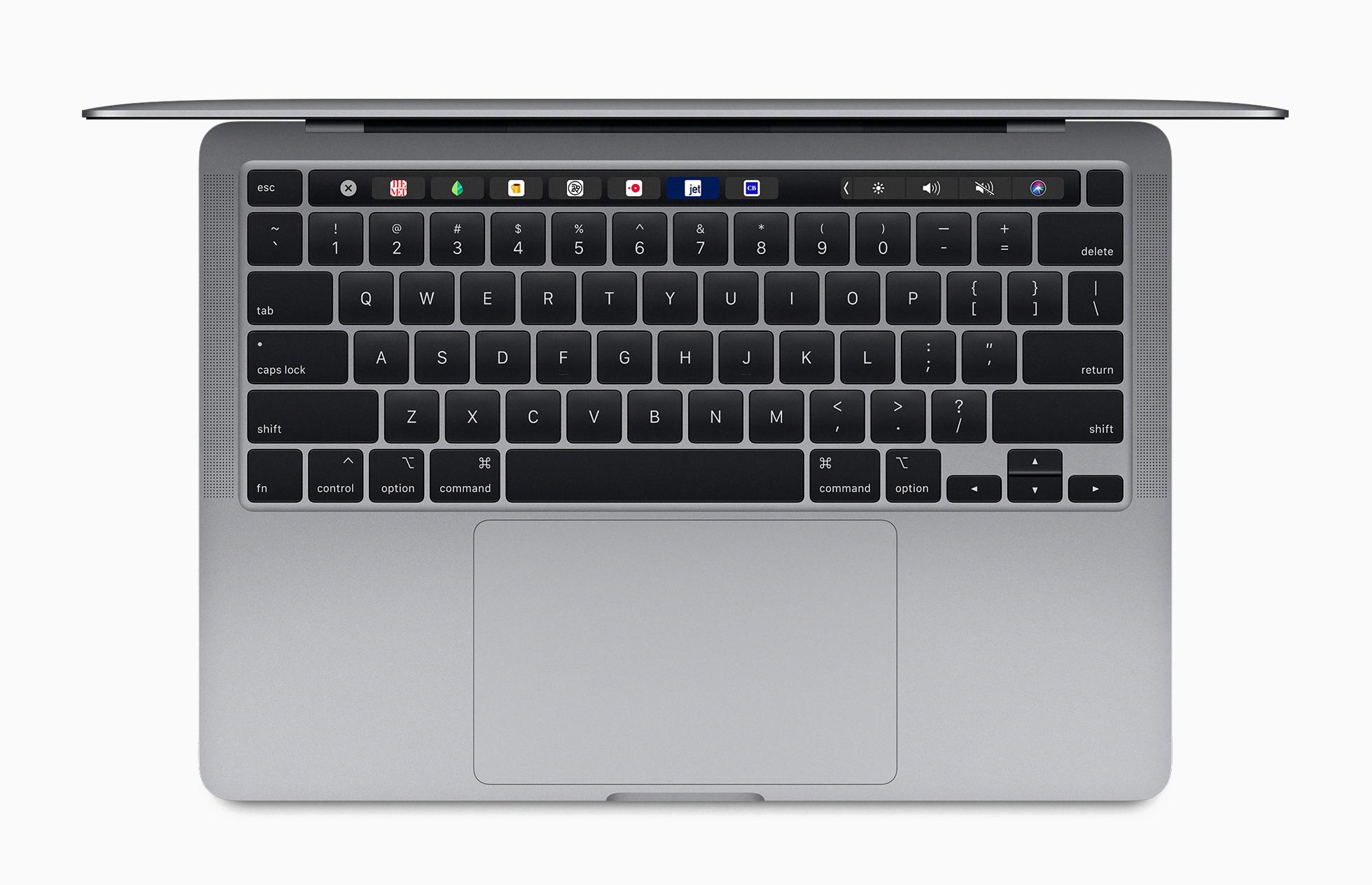
Source: techcrunch.com
Fixing Sticky Keys on a Mac
The best way to fix sticky keys on your Mac is to clean the surface of the affected key. To do this, begin by turning off your Mac and clicking the Apple symbol in the top left corner of the screen. Use a toothpick to remove any large pieces of dirt from around the keycap, then dip a cotton swab into rubbing alcohol. Use this cotton swab to wipe around the key, then test it out. If it still seems stuck, you may need to use something like a compressed air duster or keyboard cleaner foam to remove any debris that might be lodged beneath the keys. Once you’ve done that, your keys shoud be good as new!
Cleaning Under Keyboard Keys
To clean underneath your keyboard keys, you’ll need a piece of tape and a litte elbow grease. Begin by tearing off an inch of tape and folding it in half with the non-sticky sides together and the sticky sides facing outward. Slip the tape underneath the edges of each key and rub back and forth a few times. Then, pull the piece of tape out and check to see if any debris has been collected. Repeat this process until all of your keys are clean. You can also use compressed air to help blow away any remaining dirt or dust.
Removing Keys from a MacBook Air
Yes, you can take out the keys on a MacBook Air. To do so, you will need to use a flathead screwdriver and gently pry the keycap out of its socket. Be sure to use the screwdriver in a straight line, rater than at an angle, as this can damage both the keycap and its underlying mechanism. Additionally, it is important to be careful when removing and replacing any keycap as they are delicate and can easily be damaged if not handled properly.
Fixing a Sticky Keyboard Key
Fixing a sticky keyboard key is a rlatively straightforward task. First, you’ll need to turn off your computer and unplug the keyboard. Then, gently remove the inoperable keys. Next, moisten a cotton swab with alcohol, such as isopropyl or something similar, and use it to clean the keys and plungers. Finally, once they have been fully cleaned and dried, replace the keys onto the keyboard and plug it back into your computer. With any luck, your keyboard will now be as good as new!
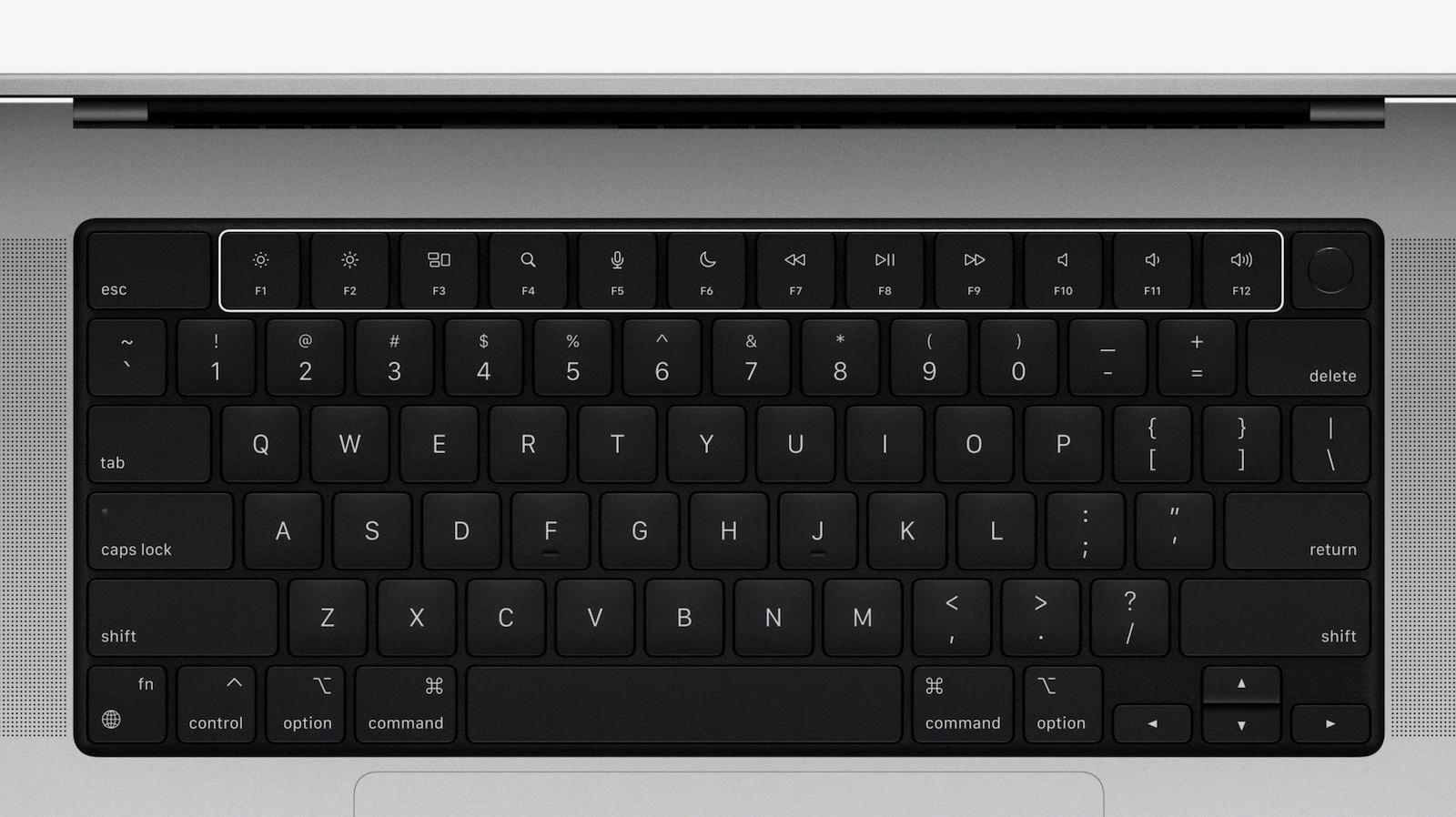
Source: macrumors.com
Should I Vacuum My MacBook Keyboard?
No, you should not vacuum your MacBook keyboard. Vacuuming a laptop keyboard can case damage by forcing dust and other particles further into the keyboard. Instead, use a can of compressed air to blow out dust and debris from between the keys. You can also use a soft brush attachment with the vacuum to gently remove dirt and dust from around the edges of the keys. Finally, use clean lint-free cloths to wipe away any remaining dust or debris.
Conclusion
In conclusion, cleaning your Macbook keyboard is a simple process that will help keep it functioning properly and lookig its best. You should use a 70 percent isopropyl alcohol wipe, 75 percent ethyl alcohol wipe, or Clorox Disinfecting Wipes to gently wipe the hard, nonporous surfaces of your Macbook. Additionally, you may need to tap all of the keys on your keyboard repeatedly and then shake it over a trashcan to remove any dirt or dust that have gotten stuck beneath the keys. Finally, use a damp cotton swab with rubbing alcohol to thoroughly clean around the keys and dispose of it once enough dirt has been picked up. With these steps in mind, you can maintain a clean and healthy Macbook keyboard.

